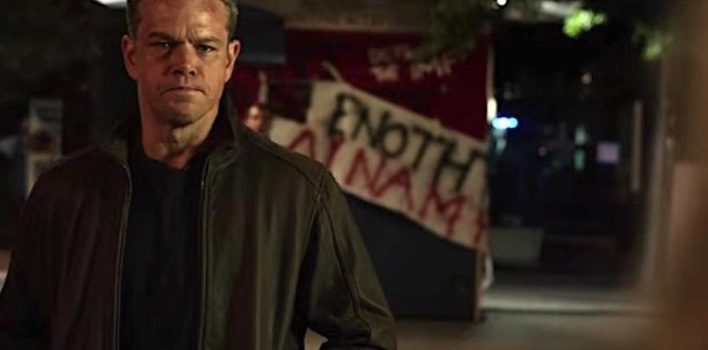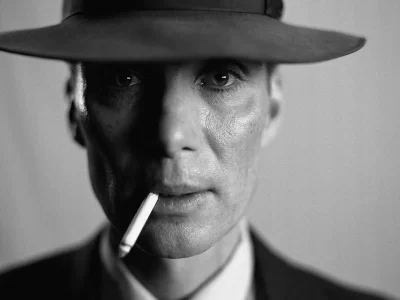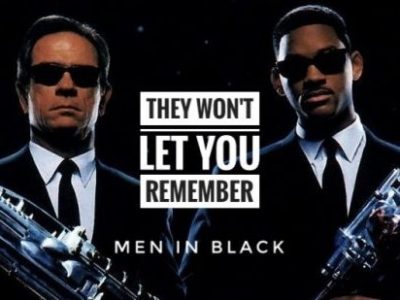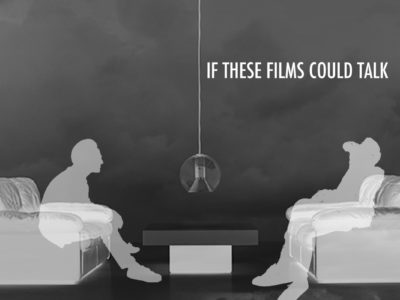Review| Jason Bourne
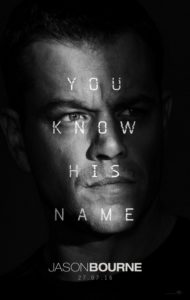 If you’ve seen any of the previous films in the Bourne franchise, then you have basically seen Jason Bourne (2016) in its entirety. In the end, it’s not so much that the fruition of Paul Greengrass’s long-awaited reunion with Matt Damon is a downright terrible and unwatchable film as that it’s an almost completely recycled movie. Instead of taking the titular character in different and interesting directions—adding depth and dimension and giving us a reason to be excited that our beloved amnesiac super-spy is back—Jason Bourne is perfectly content to take storylines, action scenes, and even key shots from the other three films (Yes, I’m ignoring The Bourne Legacy (2012).) and piece them together to create a less-than-satisfying successor. The end result is that, perhaps for the first time the Damon-led franchise’s history, Bourne feels completely safe and by-the-book—-uninspired and lackluster.
If you’ve seen any of the previous films in the Bourne franchise, then you have basically seen Jason Bourne (2016) in its entirety. In the end, it’s not so much that the fruition of Paul Greengrass’s long-awaited reunion with Matt Damon is a downright terrible and unwatchable film as that it’s an almost completely recycled movie. Instead of taking the titular character in different and interesting directions—adding depth and dimension and giving us a reason to be excited that our beloved amnesiac super-spy is back—Jason Bourne is perfectly content to take storylines, action scenes, and even key shots from the other three films (Yes, I’m ignoring The Bourne Legacy (2012).) and piece them together to create a less-than-satisfying successor. The end result is that, perhaps for the first time the Damon-led franchise’s history, Bourne feels completely safe and by-the-book—-uninspired and lackluster.
This time around—some years after the events in The Bourne Ultimatum (2007)—we meet a world-weary Bourne who just wants to stay off of the grid. (Sound familiar?) He does a bit of fighting in his spare time to make ends meet, but all of that changes when his former associate Nicky Parsons (Julia Stiles) hacks into a U.S. government database and steals numerous files detailing off- the-books operations. In her ultimate quest to make this information public, she must cross paths with Jason Bourne once again, revealing a mysterious connection between his father and the notorious Operation Treadstone. Bourne sets off once again to find the truth about his past, but the CIA—spearheaded by Director Robert Dewey (Tommy Lee Jones), up-and-comer Heather Lee (Alicia Vikander), and a deadly asset (Vincent Cassel)—is hot on his trail.
While the cast does some very solid work (Tommy Lee Jones is a real bright spot, the quintessence of a weathered CIA Director) and the production design makes the movie feel right at home in the Bourne universe, Jason Bourne is hindered by its inability to move beyond its predecessors in a meaningful way; instead, it refuses to deviate from its formula. First, Bourne heads to a location and learns an important piece of information. (Usually this involves waiting for files to download or threatening someone at gunpoint.) Second, The CIA locates Bourne and begins pursuit. In the third and final stage of this formula, Bourne, through his superior training and knowledge of tradecraft, narrowly escapes his opponent’s grasp, leaving them simultaneously amazed, confused, and enraged. Rinse. Repeat. Rinse. Repeat. Of course, formulaic storytelling is not necessarily a bad thing (all stories are ultimately variations on a formula), but the vapidity with which Greengrass imbues Jason Bourne is what condemns it to mediocrity.
Ostensibly set up to explore the increasing prevalence of surveillance technology (and the myriad of ethical issues encompassed therein) in a post-Snowden world, this is a film that is more determined to dangle that elusive carrot in front of our noses only to withhold it from us in the end, luring us into a trap. It’s a missed opportunity precisely because works of art set in and focused on a post-Snowden society have a unique ability to cut to the heart of our deepest, darkest fears. As I said in a piece over at Christ and Pop Culture:
[A]t the heart of this very understandable fear of being spied on by our government or cellphone provider or social media sites lies a more ancient dread that predates Snowden and 9/11. It’s Davidic—“You have searched me and known me”; it’s Jobian—“Does not he see my ways and number all my steps?”; and it’s Edenic—“I was afraid . . . and I hid.” More than anything
else, we are afraid of omniscience. We fear being seen as we truly are.
And although we certainly fear the all-seeing and all-knowing, what we paradoxically want in “the deep heart’s core”—to quote Yeats—is to be seen and known fully, completely, truly—to have our secrets laid bare . . . and to be loved in spite of our failings. But every time Jason Bourne starts to venture into this territory it pulls away, begging us to come back for yet another installment in the franchise.
known fully, completely, truly—to have our secrets laid bare . . . and to be loved in spite of our failings. But every time Jason Bourne starts to venture into this territory it pulls away, begging us to come back for yet another installment in the franchise.
Of course, I would be remiss if I failed to mention Greengrass’s obsession with shaky cam. Its overuse is terribly distracting here. There were many action scenes in which I had a very hard time determining puncher from punchee. In the end it was easier to just wait around until the scene’s end and see who turned up dead. And for all its relentless queasiness, Jason Bourne’s action scenes rarely invoke the sheer kinetic energy of those in its predecessor films. And the recycled plot means that you see most of the energy it does manufacture is lost, as you can see every “twist” coming from a mile away.
You may smile a few times watching him confuse the bad guys, but Jason Bourne can ultimately be summed up by a single line from Adele: “just a filler in the space that happened to be free.”


